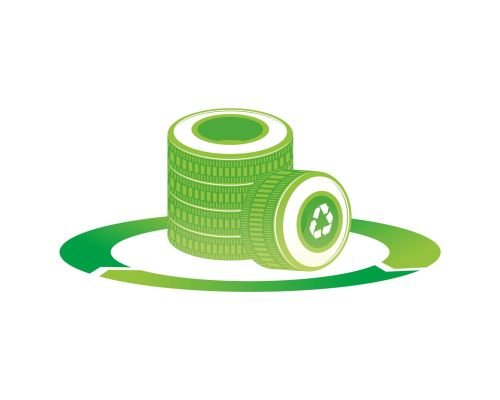Natural rubber is widely used in many applications in household and industry. The disposal of rubber waste material in the environment has become a serious problem as it causes pollution of rivers and other water bodies besides being a health hazard.
Conventional methods like disposal in landfills and incineration are themselves a large sources of environmental pollution. Other recycling processes too are a cause of permanent pollution of the environment. All these unwanted consequences of the use of rubber rationalize the necessity for an efficient, economic and eco-friendly process of rubber waste management.
A group of scientists at the Indian Institute of Technology, Mandi, have documented steps involved in breaking natural rubber down in order to make it environmentally safe. In the process, they have succeeded in identifying the bacteria responsible for the same. The work centered around Xanthomonas bacteria (sp. strain 35Y) – the only known Gram-negative bacteria – used in the process of breaking down natural rubber.
After analyzing genetic material of the bacteria, it became clear that the strain 35Y did not belong to the genus Xanthomonas at all. The specific strain of bacteria had a completely different profile from what was documented. Previous records placed 35Y strain under Xanthomonas based on the presence of a yellow pigment, how it acted on other substances and that it could move about from one place to the other due to small hair-like structures which functioned as its legs.
However, comparison with other bacterial strains from the GenBank database revealed similarities with the bacteria of the genus Steroidobacter within the family Sinobacteraceae in many more ways. The study thus established that the bacterial strain 35Y is a novel species in the genus Steroidobacter. The scientists have proposed to name it Steroidobacter cummioxidans to show its ability to breakdown rubber using oxygen.
It was also found that S. cummioxidans strain 35Y had some similarities but also substantial differences with other rubber-degrading Gram-positive counterparts. The most significant difference being that the main transporters for the enzymes causing the breakdown of rubber differ from Gram-positive rubber-degrading species. S. cummioxidans strain 35Y also degrades rubber faster (almost 60 per cent within one week) vis-à-vis Gram-positive bacteria. This proves that strain 35Y is one of the relatively faster rubber-degrading microbes in comparison to others, says the study published in journal PLOS.
Source -ISW






